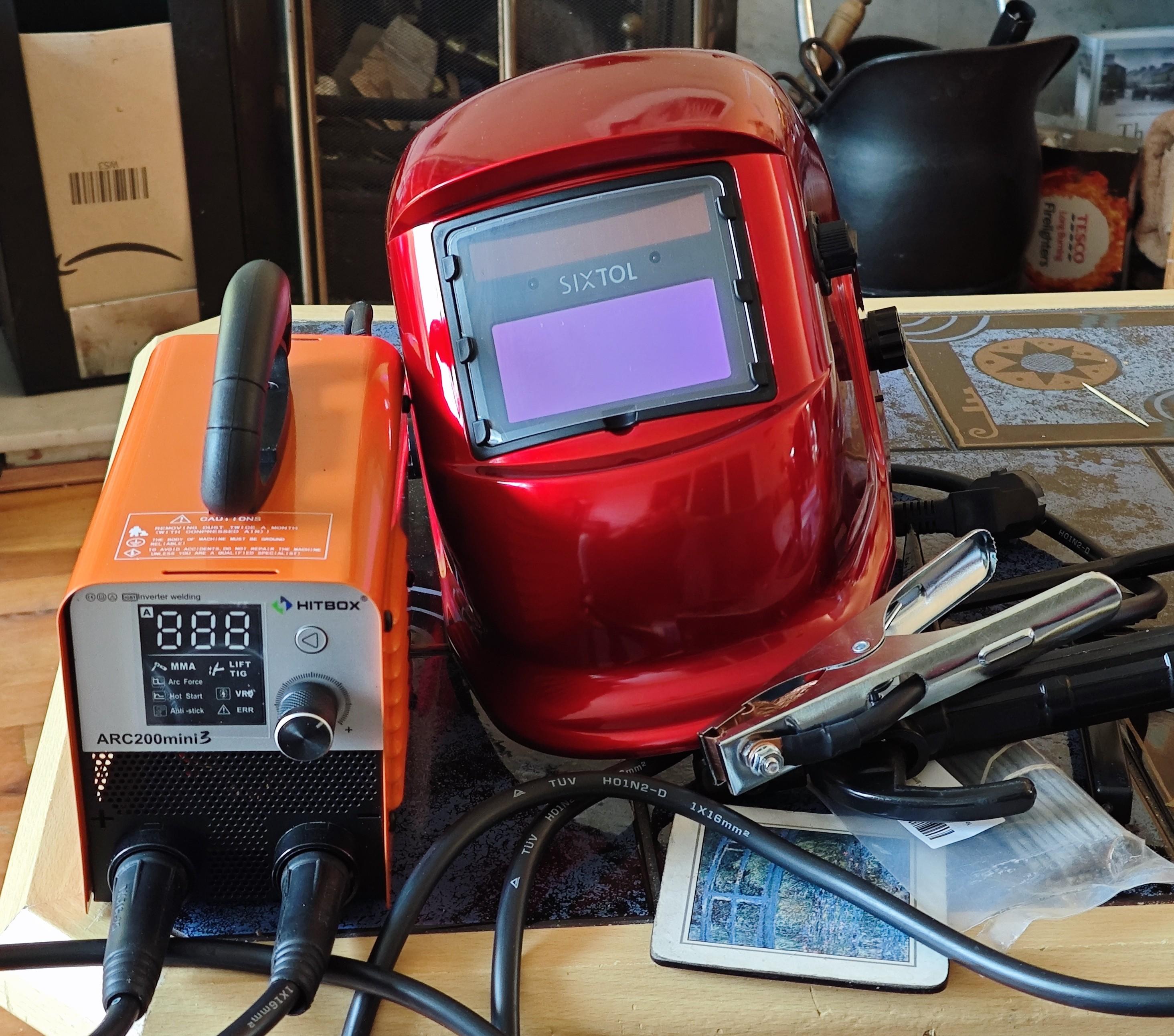
Moon Poster
Non-spoiler comment: Go see it, it’s good. Not brilliant if you’ve read any science fiction where the math works, but good nonetheless.
Spoilers after the break…
Okay, so first, perspective. Go watch a bad movie or a popcorn movie and afterwards you either think “that was fun” or “that sucked”. There’s no fine detail, no nitpicking, because a movie has to get above a certain threshold of intelligence before you go from “gah, this sucks” to “that wouldn’t work because…”. Moon makes it past that threshold. The problem is, it then doesn’t commit fully in the setup of the story, and it out-and-out chickens out completely from logic in the last few minutes to give a Disney ending.
The good news is that at least some of the obvious gaffes are easily overlookable as being constraints imposed by filming rather than mistakes per se. The gravity, for example, is never portrayed as being less than Earth’s all through the film, and while that’s not jarring inside the habitation modules of the moonbase, it’s very obvious when watching the scenes set on the surface, and there’s a lot of those scenes for visual effect (and yes, they’re very pretty, just not very real – it’s like looking at a painting of a unicorn).
The bad news is that the other mistakes range all over the place from fundamental – the economics of the setup don’t work – to visual – we’re treated to loving-yet-impossible shots of the earth hanging in the star-studded sky. Actually, in at least one shot, the Earth is so large that the moon would need to be approaching if not inside the Roche limit, which would make for a visually interesting ending if nothing else…
Some of the gaffes are against even basic common sense. Our protagonists, for example. A single man, supervising a large and complicated and rather important mining operation, all on his own for three years? There are several reasons that kind of thing isn’t even considered in the real world, ranging from psychological (we don’t even subject our worst prisoners to solitary confinement for that long) to pragmatic (he could fall down and hit his head and then the entire operation is stuffed until (and unless) he recovers) to efficiency-based (no-one can monitor a complex operation 24/7 for three years, so you work in shifts with other people). It certainly sounds very science fiction-like, but good science fiction doesn’t require the suspension of all common sense and whole bodies of hard-learnt information.
The actual mining operation itself, harvesting Helium-3 from the moon, isn’t beyond the bounds of feasibility (it’s been a well-explored and studied idea since the 1970s). And the harvesting is portrayed well, raking in the top few inches of regolith instead of tunneling into the moon, so someone at least read up on how the He3 got there in the first place; it’s just a pity that they didn’t continue to read to find out that it makes more economic sense to go to the gas giants if you’re harvesting He3 for use on Earth. And there’s even mention of a project in Jovian space in the background of the story, so the mistake is compounded by there already being an existing, far more lucrative source of He3 available in the story’s universe. The harvesters themselves are also one of the visually jarring elements – they throw their processed regolith back up and over in great plumes of material, but the arcs the material follows are the ones you see when you throw something in Earth gravity, not lunar gravity. The whole setup doesn’t behave as it would on the moon.
The obligatory intelligent robot is of course present in the story, here voiced by Kevin Spacey which is a surprisingly bizarre touch, but even more bizarre are the smiley faces used by the robot to portray its emotional states. I do wonder if the folks who write these stories ever consider that if we could build a robot able to perform complex tasks autonomously; engage in conspiracies to the point of murdering a dozen or more human beings; deceive someone for three years while in continuous proximity to him; empathise with individual people to the point of countermanding instructions given to it by other people; and so forth, that the very first application of such a robot would be to run the mining operation itself. No humans on-site means no need for food, air, water and so forth.
On that point, when and how do the shipments of food arrive? It’s all preprocessed and prepackaged food, not food grown as part of an enclosed life support system. Where are the large numbers of plants you need to recycle the air in the habitation modules (the few “pet” plants we see are nowhere near enough)? Where are all the disposable resources we see being consumed coming from and where are they being resupplied from and how is contact with those bringing the supplies being prevented without arousing our protagonist’s suspicions or those of those delivering the supplies?
There are nice points supporting the plot, but they too fall down when considered. For example, the base is shown above the regolith right from the start, and the first question anyone would ask is how they shield it from radiation during solar activity. However, as one of our protagonists rapidly dies from end-stage radiation poisoning, and as we see in the video logs accessed towards the end of the story all of his predecessors doing the same thing, it seems the company simply felt that spending a few hours with a shovel was too much time and money to spend on keeping our presumably rather expensive clones alive.
And that’s a point in and of itself. In the basement where the clones are kept, fully grown in morgue-like drawers and somehow preserved (unaging) complete with personal effects sans refrigeration, there are easily a hundred clones. That’s a hundred people each weighing around 160lb. That’s a monumentally expensive weight to haul up from earth – remember an Apollo launch cost around five to ten billion in today’s money to put two people on the moon; the new Constellation programme’s cost is estimated to be around about one to two billion for four people which is cheaper but nonetheless, that’s still going to come to somewhere between five and seventy billion to stock that basement. You’d imagine that the extra fifty thousand or so to bring up a shovel might be worth it. Or even just park the harvesters near the base and have them throw regolith over it.
And yes, I suppose in the story you could grow the clones at the base, but you’d still have to ship in the organic compounds found in human tissues, because you can’t find those on the moon. And we’ve still not mentioned how much the food for all those people must weigh. We know, incidentally, that we’re not feeding the corpses back to the next clone because (a) they’re all dying of radiation poisoning so the meat will only kill the next clone faster (as in, a few days to a few weeks), (b) 160lb of meat won’t feed one guy for three years, (c) they flash-incinerate the clones in the end anyway.
The flash-incinerator is an bit of a plot hole in that if you’re stuck somewhere for 3 years on your own in a confined space, to assume you won’t examine in detail the piece of equipment that gets you home is asking a lot to be assumed. And the kind of equipment you’d need to flash-incinerate a human body to dust in under two seconds is not going to look the same as the equipment you’d need to cryogenically freeze them. Not to mention that sooner or later some clone is going to question the idea that a three day trip is so ardous that you need to be cryogenically frozen to withstand it (especially since Apollo showed how it wasn’t actually all that hard…).
And we’ve not even blinked at the magic that gives us fully-grown adult clones without the usual thirty-year wait, and the memory implants…
All of these plot holes, however, would be minor ones if the story hadn’t chickened out at the end. The entire setup, the panopticon of the moonbase, the oversight of the robot and the company, the incoming “rescue team”, all of it points towards a bad end for our hero, but he manages to escape to Earth, lets the next clone contact Earth directly, and testifies in court to bring charges against the company and annoy right-wing crackpot radio hosts. Hooray. Except that that’s a purely Disney ending which isn’t in any way consistent with the story to that point.
In fact, what he’s done is to awaken a new clone who is now doomed – the rescue squad will spot the downed jamming beacon and kill the clone before he can call home just to tidy up possible loose ends; and our protagonist meanwhile has killed himself by climbing into a small rocket designed to return a cargo of inert gas to Earth – meaning that he’ll die inside it, either when the rocket fails to make lunar escape velocity due to his weight, or when the rocket burns up in Earth’s atmosphere due to there being no control surfaces to adjust for his weight, or when the rocket crashes because the parachutes aren’t big enough to cope with his weight, or just from asphyxiation when his air runs out a few hours into the month-long low-energy trip from the moon to the earth. And that’s not even mentioning being actively intercepted by the company, against whom he is a witness in at least a dozen calculated murders.
And that’s the real disappointment of Moon. The rest, the plot holes and gimmicks and errors, you could overlook if the film had just taken the twin assumptions it makes, of a company who has no compunction at premeditated murder for profit and an intelligent and skilled but isolated person who finds they’re next on the list; and followed that through to the logical conclusion. That ending would have made Moon a classic entry into both the film noir and science fiction genres, and there are a number of ways such an ending could have gone, from the embracing of moral ambiguity (kill all the clones by throwing their bodies out onto the regolith, thus allowing a deal to be struck with the company); to embracing the helplessness of the protagonists (by seeing them killed off and replaced by the next clone); to seeking the “clever” ending (our protagonist has more than enough resources and training at his disposal to jury-rig a means to kill the “rescue team” thus buying him enough time to awaken all of the clones to seek a longer-term solution).
Instead, it portrays the protagonist as valiant hero, and despite taking the plot element of the countdown to the arrival of the “rescue team” from Outland and High Noon before it, it fails to give the protagonist the motivations that Connory and Cooper’s characters had to remain to face the antagonists alone as he does. It’s rather sad really, it was a pretty good story up until the director threw it away. That’s the problem with most of these movies – the ending of the story is a cop-out. Almost all the really good films over the last fifty years have in common the practice of not chickening out on the ending, of seeing where the story is really leading to. From Primer and Blade Runner to Educating Rita, the really good films follow a story even if it has a dark, immoral or tragic ending (and yes, Educating Rita has a tragic ending, because it’s a tragedy whose protagonist is Frank, not Rita).



Excellent review and round-up of the story’s weak points. You covered pretty much every oversight that bugged me so much. I liked this flick overall, but had trouble enjoying it some of the time because of how hard it is to shut up that little voice that keeps repeating “It should be SO MUCH cheaper to just pay actual workers than to mess with this army of clones stuff.”
One thing you left out is how ridiculous it was for the station to ever be built with perfectly functional communications equipment in the first place, then install radio jammers outdoors. Then helpfully supply a portable radio (with a 380000 Km range? or did they explain if the portable radio relayed through the ‘broken’ satellite?) on top of all that. The company’s only requirement was for the robot to be able to phone home, so there was no need to ever build 2-way comms a human could operate.
I posted this somewhere else, but I thought it would’ve tied up a couple of the holes up and made for a more satisfyingly dark ending if we discovered at the end that instead of the whole thing being down to the greed of a stereotypical evil mega-corporation, it turns out that the leaders of all Earth nations are ‘in on it’ and a decision was taken years ago to sacrifice clones rather than to use ‘real’ humans due to the work being inherently dangerous (meaning that radiation, or some by-product of the helium extraction process, was causing the clones to die after 3 years, as opposed to it being just some sort of built-in redundancy). I did wonder alright about 1. why they need any humans up there when they have an apparently sentient computer with human-level reasoning abilities and 2. how he survives the journey back to Earth in a cargo capsule with presumably very little oxygen or shielding to protect living creatures from temperature\radiation etc. I did still think it was a good enough film to make it worth overlooking these faults though, and I found the model-based space scenes charming.
I agree with the plot holes exposed here, but I only have to thank this movie because it’s hard to find science fiction with no chasing scenes or irrational violence with guns. Sadly the plot chosen for this movie was not a good SF story.
Great review anyway.